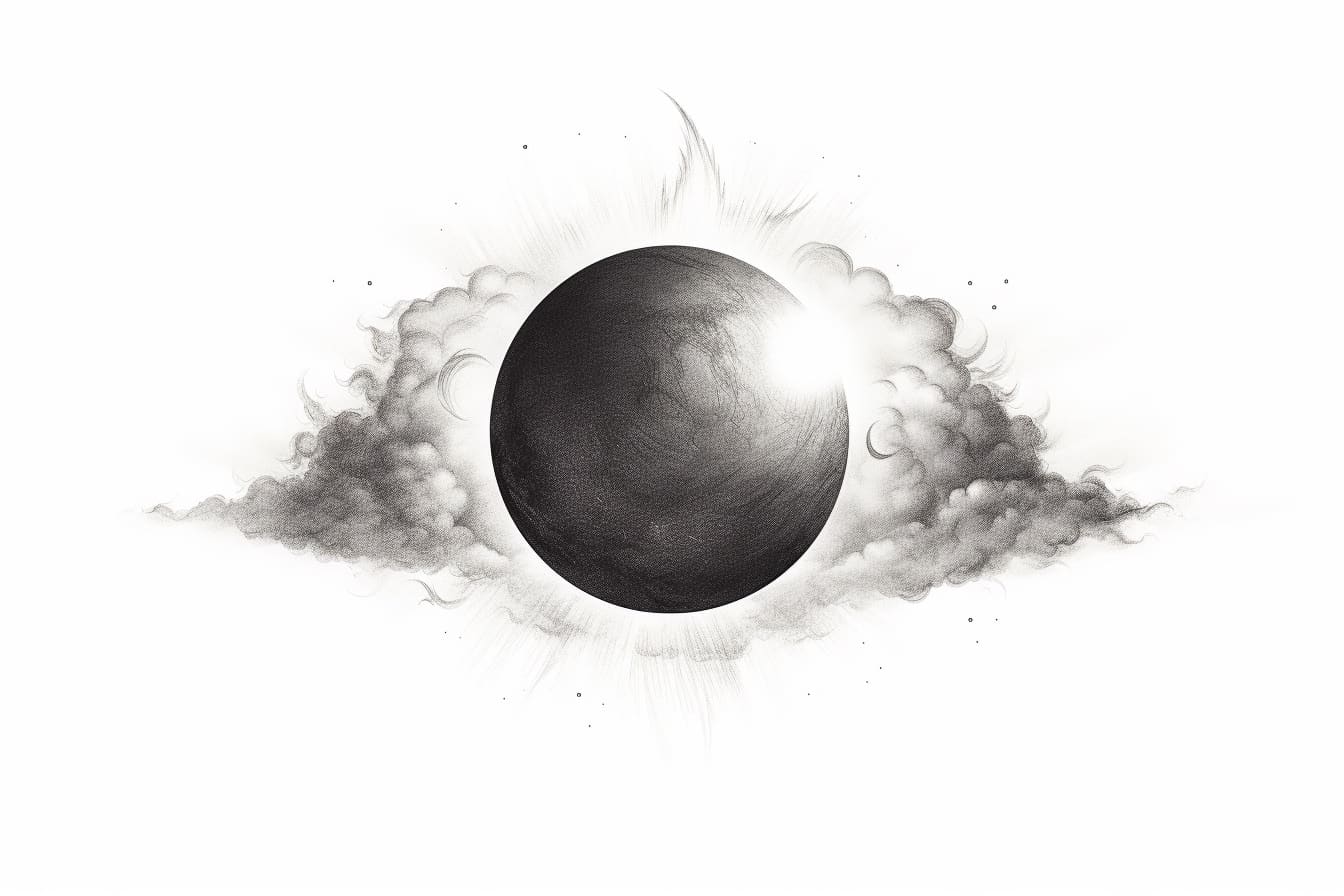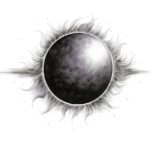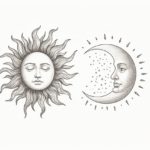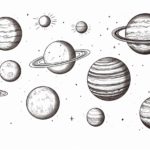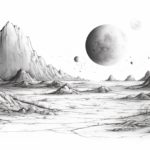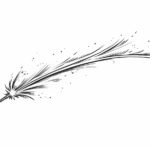The eclipse is a powerful and mesmerizing natural phenomenon that has captivated humanity for centuries. The unique play of light and shadow during an eclipse creates a sense of mystery and wonder that is both awe-inspiring and humbling. Capturing the beauty and drama of an eclipse through drawing allows artists to explore the interplay of light and dark, the contrast of the sun and the moon, and the fleeting yet profound moment when day turns into night. In this guide, we will delve into the techniques and tips for drawing an eclipse, from capturing the intricacies of the celestial bodies to conveying the sense of wonder and magic that surrounds this celestial event. Join me as we embark on a creative journey to bring the magnificence of the eclipse to life on paper.
Materials Required
To draw an eclipse, you will need the following materials:
- Drawing paper or sketchbook
- Pencils in various hardness (2H, HB, 2B, 4B, etc.)
- Eraser (kneaded eraser is recommended for cleaner erasing)
- Blending stump or tortillon for shading and blending
- Ruler (optional for creating straight lines)
- Reference images of an eclipse for accuracy
- Patience and attention to detail
How to Draw an Eclipse: a Step-by-step Guide
Step 1: Gather Your Materials
Make sure you have all the necessary materials before starting your drawing. You will need a pencil, eraser, paper, and any coloring materials you wish to use.
Step 2: Start with Basic Shapes
Begin by lightly sketching the basic shapes of the eclipse. Draw a large circle for the moon and a smaller circle for the sun. Position the sun slightly overlapping the moon to create the eclipse effect.
Step 3: Add Details
Once you are satisfied with the placement of the basic shapes, start adding details to both the sun and the moon. Add craters and texture to the moon’s surface, and include sunspots and solar flares on the sun.
Step 4: Shade and Add Depth
Use your pencil to add shading to the eclipse to create depth and dimension. Shade the areas where the sun and moon overlap to show the shadow cast by the eclipse. Add highlights to the sun to make it appear brighter.
Step 5: Refine and Erase
Go over your drawing, refining details and making any necessary adjustments. Use your eraser to clean up any stray lines or smudges.
Step 6: Color (Optional)
If you want to add color to your drawing, use colored pencils, markers, or paint to bring your eclipse to life. Consider using shades of gray for the moon and yellow and orange for the sun to create a realistic effect.
Step 7: Final Touches
Once you are happy with your drawing, take a step back and evaluate it. Make any final touches or adjustments to ensure your eclipse drawing looks the way you want it to.
Step 8: Sign and Date
Finally, don’t forget to sign and date your artwork to mark the completion of your eclipse drawing. Display it proudly or share it with others to showcase your artistic talent.
Conclusion
In conclusion, drawing an eclipse is a fascinating and rewarding artistic challenge that requires attention to detail, understanding of light and shadow, and patience. By following the step-by-step guide and practicing regularly, artists can capture the beauty and mystery of an eclipse on paper. Remember to experiment with different techniques and styles to make your drawing unique and expressive. With dedication and creativity, anyone can master the art of drawing an eclipse and create stunning works of art.
Fun Facts About Eclipses
- The word “eclipse” comes from the Greek word “ekleipsis,” which means to abandon or forsake.
- There are three main types of eclipses: solar eclipses, lunar eclipses, and planetary eclipses.
- Solar eclipses occur when the Moon passes between the Earth and the Sun, blocking all or part of the Sun’s light.
- Lunar eclipses occur when the Earth passes between the Sun and the Moon, casting a shadow on the Moon.
- Eclipses can only occur during specific times of the year when the Moon’s orbit intersects with the plane of the Earth’s orbit around the Sun.
- The longest total solar eclipse of the 21st century occurred on July 22, 2009, lasting a maximum of 6 minutes and 39 seconds.
- The ancient Greeks believed that eclipses were a sign of angry gods and often associated them with impending disasters.
- The “diamond ring effect” is a phenomenon that occurs during a total solar eclipse when a single point of sunlight shines through a valley on the Moon’s surface, creating the appearance of a dazzling diamond ring.
- Eclipses have been studied for centuries and have helped astronomers better understand the movements and positions of celestial bodies in our solar system.
- Some cultures around the world have traditional beliefs and superstitions associated with eclipses, such as avoiding eating or drinking during an eclipse or making loud noises to scare away the mythical creatures they believe cause eclipses.
Suggestions for Scenes and Settings for Eclipse Drawings
Certainly! Here are some specific suggestions for scenes and settings you could use as inspiration for your Eclipse drawings:
- Eclipse over a serene beach at sunset, with palm trees swaying in the gentle breeze and waves crashing softly on the shore.
- Eclipse seen from a mountaintop, with snow-capped peaks in the distance and a blanket of stars starting to appear in the darkening sky.
- Eclipse reflected in the calm waters of a tranquil lake, surrounded by lush green forests and a full moon rising on the horizon.
- Eclipse viewed from a bustling city rooftop, with skyscrapers silhouetted against the darkened sky and city lights glowing below.
- Eclipse observed from a mystical forest, with ancient trees casting long shadows and fireflies dancing in the moonlit clearing.
- Eclipse framed by the arches of a medieval castle, with torches lighting up the stone walls and a sense of mystery and magic in the air.
- Eclipse witnessed from a hot air balloon floating high above the clouds, with a panoramic view of the Earth below and the celestial event unfolding in the sky.
- Eclipse depicted in a futuristic sci-fi cityscape, with sleek skyscrapers towering over sleek hovercrafts and neon lights reflecting off the metallic surfaces.
- Eclipse captured in a serene countryside setting, with rolling hills dotted with wildflowers and a lone farmhouse bathed in the soft glow of the celestial event.
- Eclipse seen through the eyes of a fantastical creature, such as a dragon soaring through the sky or a unicorn grazing in a meadow, adding a touch of whimsy and magic to the scene.
I hope these suggestions spark your creativity and inspire some beautiful Eclipse drawings!

